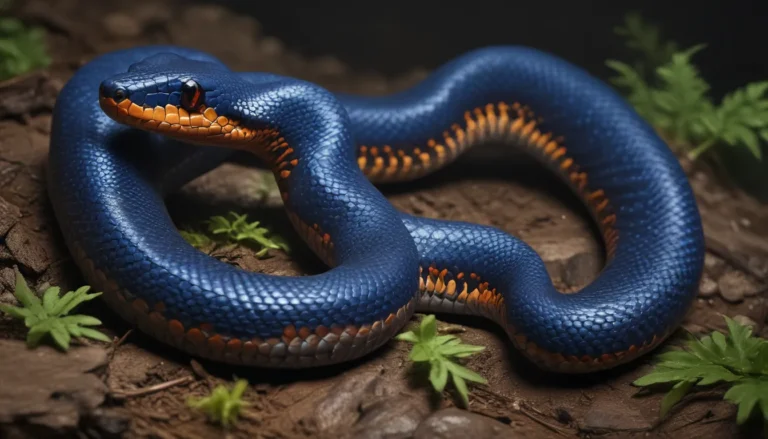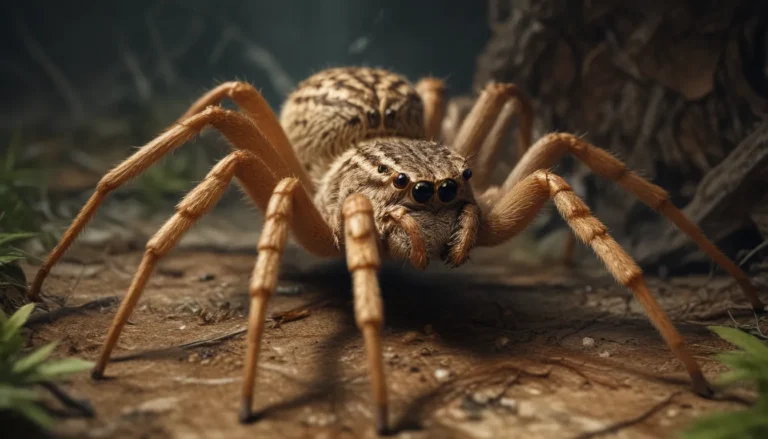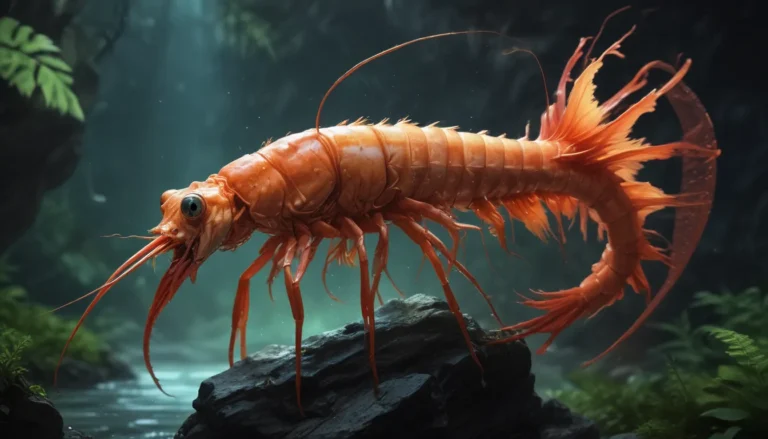The pictures we use in our articles might not show exactly what the words say. We choose these pictures to make you interested in reading more. The pictures work together with the words but don’t take their place. The words still tell you the important facts.
Are you ready to dive deep into the enchanting world of nudibranchs? These captivating marine creatures are like living rainbows, showcasing a kaleidoscope of colors and patterns that mesmerize scientists and divers alike. But what makes nudibranchs so unique? What secrets do they hold beneath their vibrant exteriors?
In this fascinating exploration, we will unveil 17 intriguing facts about nudibranchs that will pique your curiosity and leave you in awe of these extraordinary animals. From their stunning appearance to their remarkable behaviors, nudibranchs are a treasure trove of wonders waiting to be discovered. Let's embark on a journey of discovery and unravel the enigma of nudibranchs together.
The Marvels of Nudibranchs
- Nudibranchs are soft-bodied marine creatures adorned with a spectrum of colors that rival the most vibrant rainbows, earning them the nickname "butterflies of the sea." Their striking appearance serves as a warning to predators, signaling that they are toxic or distasteful.
- Unlike most mollusks, nudibranchs lack a protective shell, relying on delicate appendages called cerata for respiration and digestion. These flamboyant structures contribute to their overall allure and uniqueness.
- With over 3,000 known species, nudibranchs exhibit a diverse array of shapes, sizes, and colors, making them a captivating and varied group of animals that continue to fascinate marine enthusiasts and researchers worldwide.
Delving Deeper into Nudibranch Life
- Nudibranchs possess a specialized feeding organ known as the radula, which they use to scrape algae, sponges, and other small organisms off surfaces in their habitat.
- Some nudibranch species exhibit impressive camouflage abilities, changing their color and patterns to blend seamlessly with their surroundings, evading predators and thriving in various habitats.
- Simultaneous hermaphrodites, nudibranchs possess both male and female reproductive organs, engaging in intricate mating rituals and exchanging sperm to produce egg masses containing hundreds or thousands of eggs.
Extraordinary Adaptations of Nudibranchs
- Certain nudibranch species exhibit a unique defensive strategy by incorporating the stinging cells of their prey, such as anemones or jellyfish, into their bodies, providing them with protection against predators.
- Nudibranchs have evolved a specialized breathing structure called the "nudibranch gill" or "naked gill," protruding from their bodies to aid in respiration, a fascinating adaptation that sets them apart from other marine animals.
- Despite their captivating beauty, most nudibranch species have a relatively short lifespan, living for about one year in the wild, highlighting the transient nature of these enchanting creatures.
Navigating the World of Nudibranchs
- From the frigid waters of the Arctic to the tropical reefs of the Indo-Pacific, nudibranchs inhabit a wide range of marine ecosystems, adapting to diverse environments and thriving in shallow tide pools or brackish estuaries.
- The size range of nudibranchs is vast, with some species barely visible to the naked eye, measuring only a few millimeters, while others can reach lengths of up to 30 centimeters, adding to the mystique and allure of these captivating creatures.
- Nudibranchs engage in elaborate courtship rituals, exchanging pheromones and performing colorful dances to initiate reproduction, adding a layer of complexity and intrigue to their already fascinating lives.
Unveiling the Mysteries of Nudibranchs
- Some nudibranch species possess the remarkable ability to regenerate lost body parts, ensuring their survival and maintaining their unique appearance despite injuries.
- Nudibranchs exhibit a diverse range of feeding strategies, from hosting symbiotic algae for photosynthesis to feeding on invertebrates, detritus, or even scavenging food from other nudibranchs, underscoring their ecological significance in marine ecosystems.
- Often found in close association with coral reefs, nudibranchs benefit from the abundant food and shelter provided by these intricate ecosystems, showcasing their adaptability and symbiotic relationships within the marine realm.
Inspiring Wonder and Exploration
- Nudibranchs employ a variety of defense mechanisms, including releasing toxic chemicals when threatened or mimicking the appearance of venomous animals, showcasing their ingenuity and adaptability in the face of danger.
- The study of nudibranchs, known as nudibranchology, continues to inspire researchers and marine enthusiasts, offering insights into marine ecosystems' health and potential applications in medical treatments and bio-inspired technologies.
Embracing the Splendor of Nudibranchs
In conclusion, the world of nudibranchs is a realm of wonder and discovery, where beauty meets science in the most unconventional and captivating ways. As we unlock the mysteries of these mesmerizing creatures, we gain a deeper appreciation for the intricate tapestry of life beneath the waves. Let's celebrate the vibrant colors, intricate patterns, and extraordinary adaptations of nudibranchs, and marvel at the marvels that await in the underwater world they call home.
FAQs: Navigating the World of Nudibranchs
Q: What is a Nudibranch?
A: Nudibranchs are colorful marine mollusks known for their vibrant appearance and unique adaptations.
Q: How big do Nudibranchs grow?
A: Nudibranchs exhibit a wide range of sizes, from tiny species measuring a few millimeters to larger ones reaching up to 30 centimeters in length.
Q: What do Nudibranchs eat?
A: Nudibranchs have diverse feeding habits, consuming algae, sponges, invertebrates, and even incorporating prey's stinging cells into their bodies for defense.
Q: Can Nudibranchs swim?
A: Most Nudibranchs move by crawling along surfaces using a muscular foot and are not known for swimming.
Q: Are Nudibranchs toxic?
A: Some Nudibranch species are toxic, deterring predators with their bright colors and noxious chemicals derived from their diet.
Q: How many species of Nudibranchs are there?
A: Currently, over 3,000 species of Nudibranchs have been identified, with ongoing discoveries expanding this number.
Q: Where can I find Nudibranchs?
A: Nudibranchs can be found in oceans worldwide, with a preference for tropical and temperate waters rich in marine life.
Q: How long do Nudibranchs live?
A: The lifespan of Nudibranchs varies by species, with most living for about one to two years in their natural habitat.
Q: Do Nudibranchs have predators?
A: Nudibranchs face predation from a variety of marine organisms, but their toxic defenses and mimicry adaptations help deter potential threats.
Q: Can Nudibranchs regenerate body parts?
A: Some Nudibranch species exhibit regenerative abilities, allowing them to recover lost body parts over time and maintain their intricate forms.
Embark on a Journey of Discovery with Nudibranchs
Nudibranchs are more than just mesmerizing marine creatures – they are living works of art, each with its own story to tell. As we delve deeper into the world of nudibranchs, we uncover a realm of wonder and mystery that continues to inspire and captivate all who encounter these enchanting animals. Let your curiosity guide you as you explore the fascinating world of nudibranchs, embracing the beauty, diversity, and complexity that define these extraordinary creatures. Happy exploring!






